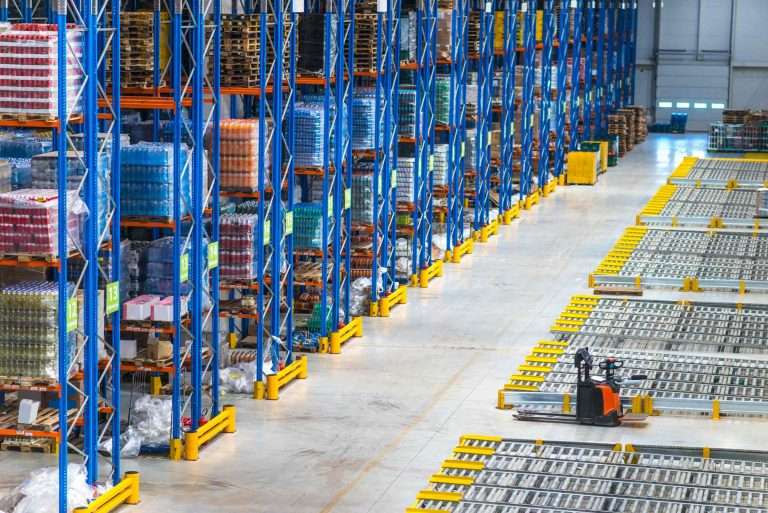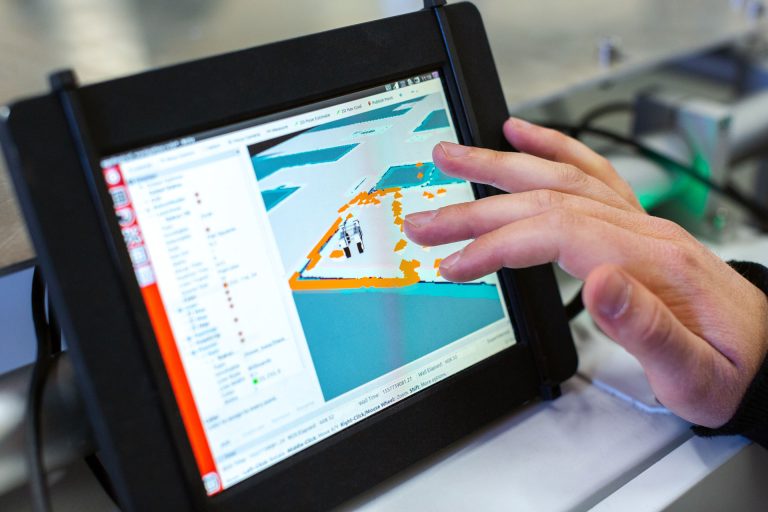Challenges in offshore operation
In addition to difficulties in geological locations and logistics of materials, offshore platforms are characterized by complicated assets which requires operation and maintenance personnels to follow at the frequency of 24/7. This will result in shift changes in operation and maintenance personnels. Shift hand-over is described as the job movement among personnels or groups.
Shift hand-over is critical which directly affects production and safety if the information is not correct. In the Oil & Gas industry, 40% of incidents occur during start-up, shut-down and shift hand-over (AFPM research).
Conventional ways like paper usage, spreasheets, isolated documents, disconnected applications or even verbal shift hand-over are common. These methods can result in misunderstanding or lack of information, leading to a possible occurrence.
The incident on the Deepwater Horizontal platform of BP in the Macondo field, Mexico Bay, USA in 2010 is an example. This incident made the most disastrous oil spill in the USA. According to the report, one of the reasons is that BP personnels made a series of decisions without accurate analysis based on available information (including shift hand-over, safety, etc).
According to the US report, weakness in risk management and information exchange, operating procedures and safety are the main reasons. Improvement in business processes to reduce human errors is necessary.

Shift Excellence is considered to resolve these challenges in backward processes. The solution allows consistency of data/information in shift hand-over and risk mitigation in offshore platforms.
Improvement of business processes
HSE processes are repeated and checked during operation management and risk assessment. Checklists are completed before shift hand-over, reducing human errors and improving communications. Personnel training via daily work can ensure no lack or loss in operation and shift management. Additionally, minimization of paper work can help less error-prone.

Flexible collaboration environment
A common collaboration environment where enterprise information can be displayed can users access any information they need, improving work efficiency and information consistency. Operation management and operation logbooks which are updated on a real-time base even without on-site personnel presence can help work fulfilled and accessed. Managers of different levels can be provided with real-time information so that they can have appropriate decisions for the situations.

Related products
J5 Operation Management








Comments